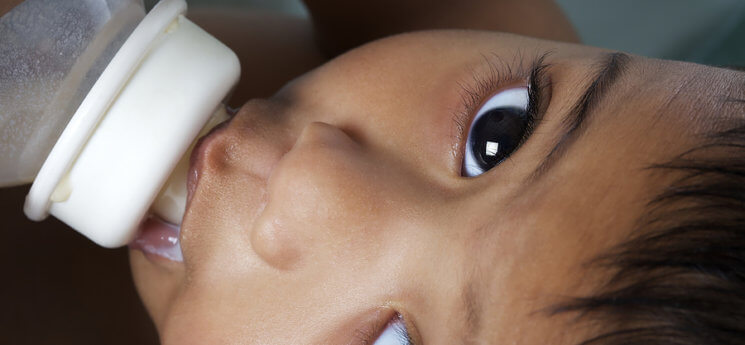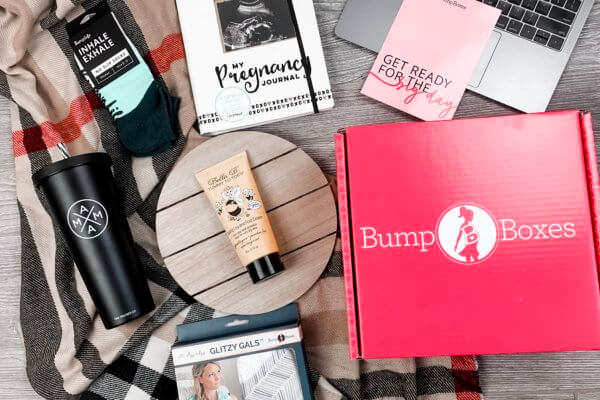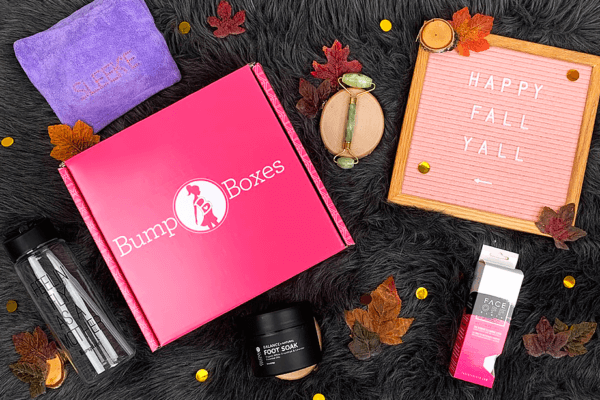When it comes to feeding your baby, experts agree that breast is best. But since you and your little one can’t be together 24/7, it quickly becomes important to teach her how to take breast milk from a bottle, so others can feed her when you aren’t around.
Here’s how to make the transition from breast to bottle.
Start early
First, the good news: Despite what you might’ve heard, most babies go from breast to bottle (and back) pretty easily. “One of the tricks to making the transition is to introduce the bottle early on,” says Katherine O’Connor, M.D., an infant expert and attending physician at The Children’s Hospital of Montefiore in New York. Early, but not too early.
The bad news about getting your little one interested in her bottle is that it can actually backfire if you do it too soon, since getting milk from a bottle nipple is easier than getting milk from your nipple. Waiting to introduce the bottle until your baby is two or three weeks old usually means she has enough time to get the hang of breastfeeding first, but isn’t so set in her ways that she’ll refuse a bottle, says O’Connor.
Use the right tools
Breastfeeding doesn’t just give your baby the best start, nutritionally. It also helps you and your baby bond by releasing the hormone oxytocin, which promotes feelings of love, trust, and confidence. That’s why it’s important to keep your little one interested in the breast even once she’s started bottle-feeding—something that isn’t always easy, since bottle nipples are easier for your baby to get milk out of.
Bottles that make your baby work just as hard as she would during breastfeeding, like Medela’s Calma, help ensure she won’t start preferring her bottle because it gives her more milk, faster.
Enlist help
Sometimes, babies get so attached to the idea of feeding from your breast that it can be frustrating to be fed by you in a different way. That might mean having dad, grandparents, or a caregiver do the bottle-feeding (meanwhile, you can leave the room—take a shower, go get some exercise, whatever!).
If your baby doesn’t seem like she’s into the idea of being fed by someone else, try to direct her attention away from the person’s face. “The person bottle-feeding can have your baby look out the window, which will distract her from the fact that your face isn’t there when she looks up,” O’Connor says.
Be patient
Every baby is different, and how they initially respond to bottle-feeding is no exception. While some little ones can go from breast to bottle almost instantly, other babies can get angry in the beginning. “Usually, bottle resistance doesn’t last for more than a week or two. The most important part is to be patient in the meantime—and keep on doing it,” says O’Connor.




